Belgium is famous for its beer, chocolates and waffles. But do you know what actually made it popular across the globe is its impressive historic architecture and ancient past? Tourists can easily witness this Gothic style architecture in its various cathedrals and houses. You can learn Belgium history by visiting various heritage sites. Since 1996, Belgium has been a contributor to UNESCO via its ancient heritage. There are thirteen sites in Belgium that have been designated as world heritage sites.
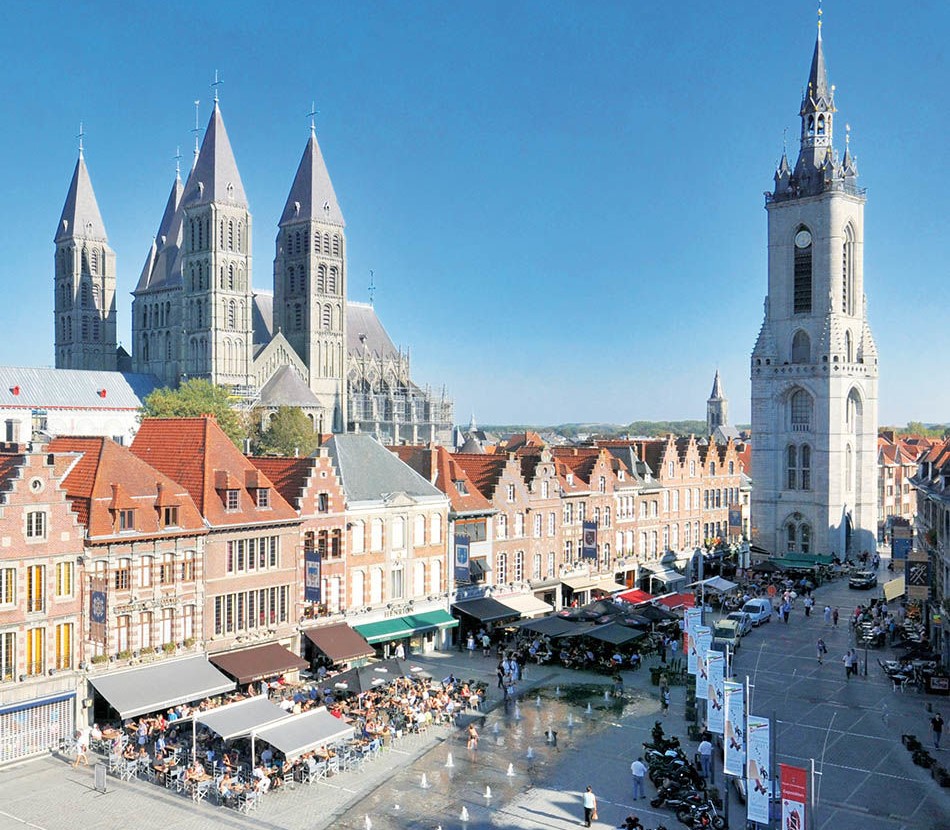
Out of which Notre Dame Cathedral in Tournai attracts many visitors from worldwide.
The Notre Dame Cathedral is the architectural epitome of Belgium and one should pay a visit to it. Let’s explore more about this historic cathedral of Tournai.
Notre Dame Cathedral in Tournai
The Tournai Cathedral, also known as the Cathedral of Our Lady or Notre-Dame de Tournai. It is a Roman Catholic church and is located in the centre of the historic city, close to the Escaut’s left bank. Tournai’s Notre-Dame Cathedral was constructed in the first part of the 12th century. The current structure is not uniform in terms of time and conception, but rather the outcome of three accomplished and distinct projects: the Romanesque nave and transept and the Gothic choir.
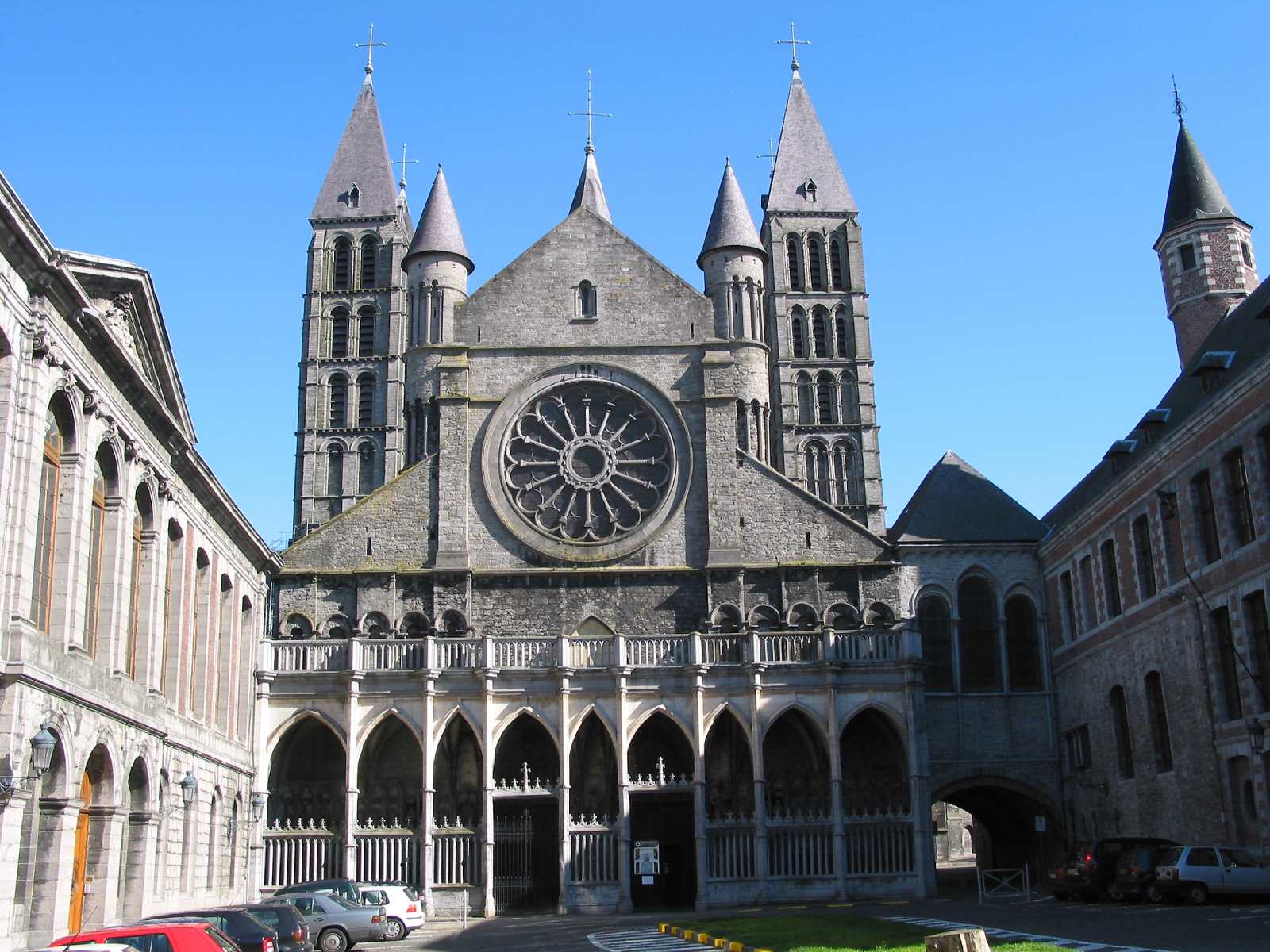
The first two were built in one go in the early 12th century; no major changes were made to the structure in subsequent decades, restricting its adaptations to the times. The cathedral is one of Northern Europe’s best-preserved cathedrals, according to the UNESCO World Heritage List.
Also Read: Visit Historic Centre of Sheki And Khan’s Palace at Azerbaijan
History Aspects of Notre Dame Cathedral
When Monarch Philippe Augustus became self-appointed king in the 12th century, he ruled the then-French country with Tournai as its capital, essentially making Tournai the first capital city of modern France. From the late sixth century, Tournai had a diocese and this structure, made of local blue-grey stone, stands near the south bank of the Scheldt, which divides Tournai into two fairly equal parts. The choir constructed in the 13th century is also constructed in the same form.
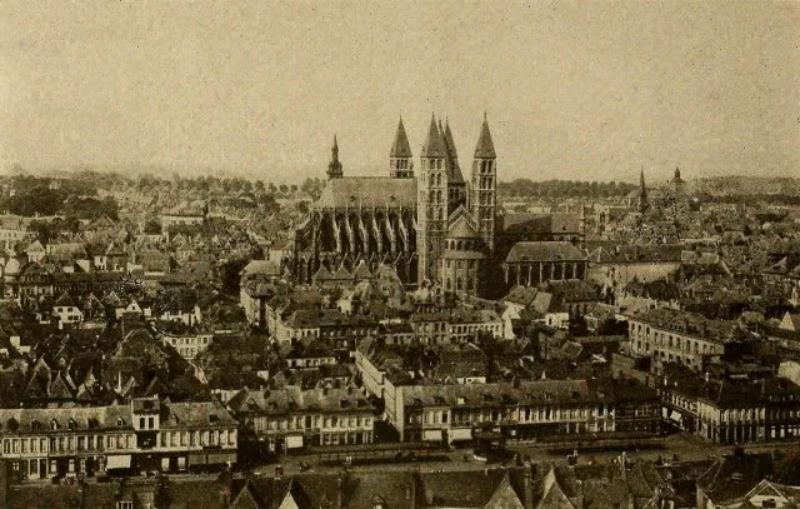
It is the seat of the Diocese of Tournai. Bishop Gautier de Marvis had the earlier Romanesque choir demolished in the 13th century, in order to replace it with a Gothic choir of much grander dimensions, inspired by the likes of Amiens Cathedral. Since 1936, it has been designated as an important heritage of Wallonia. Later in 2000, it is listed in the UNESCO World Heritage Site.
Also Read: A Glimpse Of Old Bridge In the City Of Mostar – UNESCO Site
Architectural Brief of Norte Dame Cathedral
The structure, which was built on much earlier foundations in the 12th century, brilliantly blends the work of three design periods. The transept is the most prominent element of the church, with its five bell towers and apsidal ends.
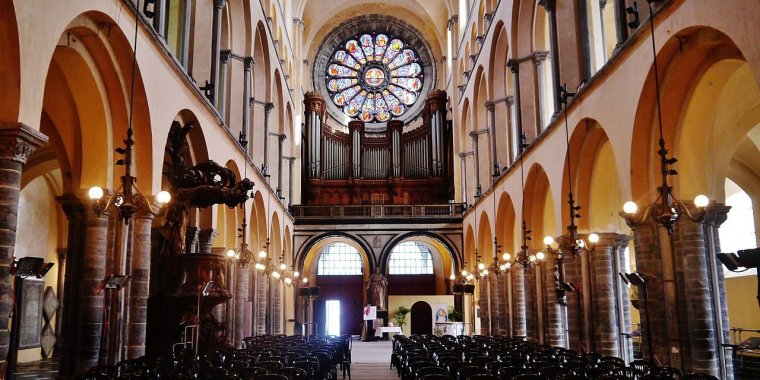
A large Romanesque core, a plethora of sculptures on the capital and a transept raised by five towers, all of which symbolise old Gothic style design, characterize Notre Dame Cathedral. The Gothic choir was added later. A Treasury Museum is also located on the premises.
Cathedral Transept and Towers
The nave dates from the first three centuries of the 12th century. It contains a second-tier gallery between the ground-floor arcade and the triforium, anticipating the Early Gothic style.
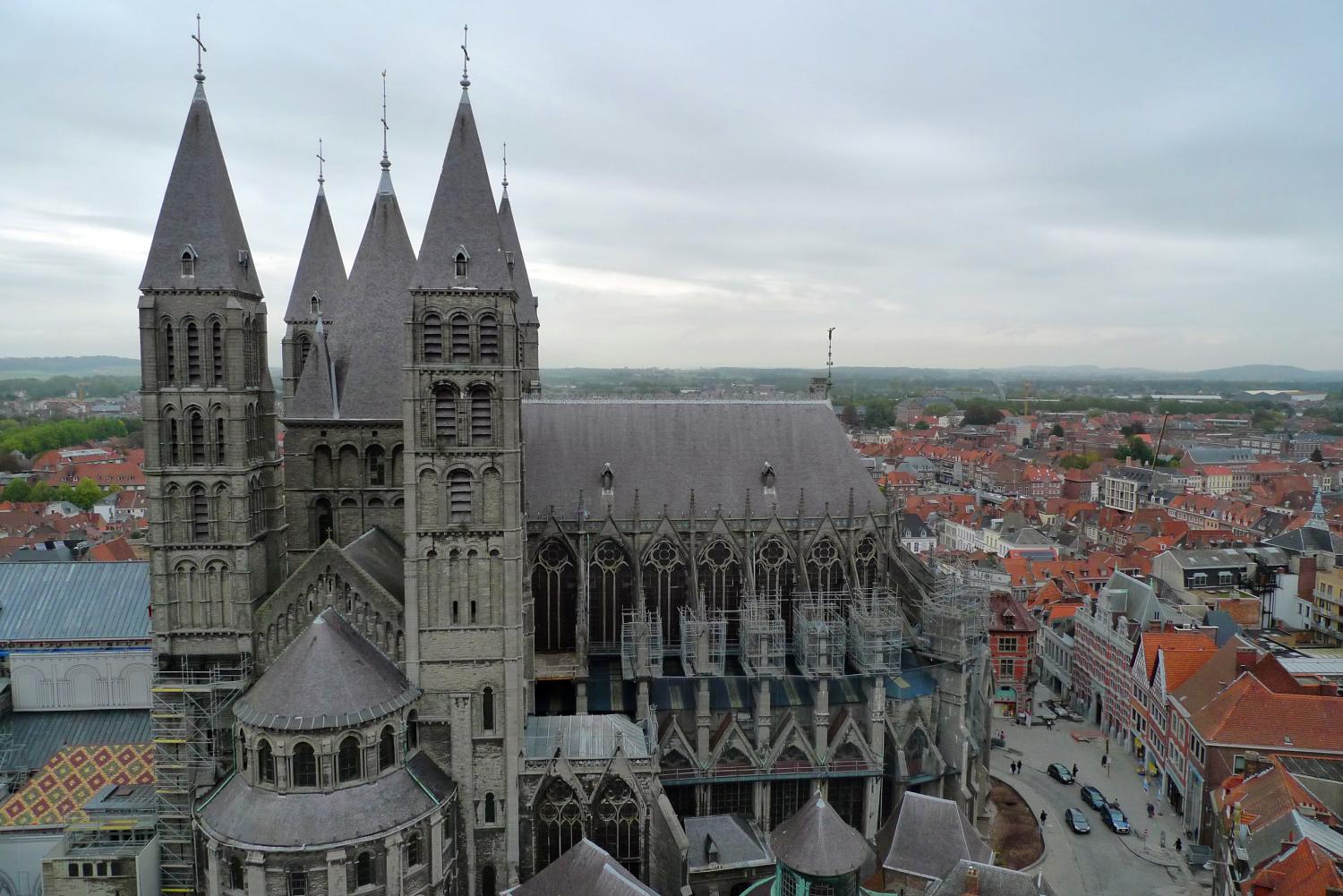
The apsidal ends of the transept arms, built around the mid-12th century, are a characteristic adopted from certain Rhenish churches and which had an appeal in the northeast of France. The square towers surrounding the transept arms are 83 metres tall. They differ in detail, with some arcade work in the round-arched style and others in the pointed form.
West Portico of Cathedral
The building of the new choir began in 1242 and was completed in 1255. The rest of the cathedral was planned to be renovated in the same style as the choir, but this was never undertaken; the only later improvements were the western porch and a massive Gothic chapel built across one of the side aisles, which lost its original walls and windows in the process. The rood screen, which dates from 1573, is a Renaissance masterwork by Flemish sculptor Cornelis Floris.
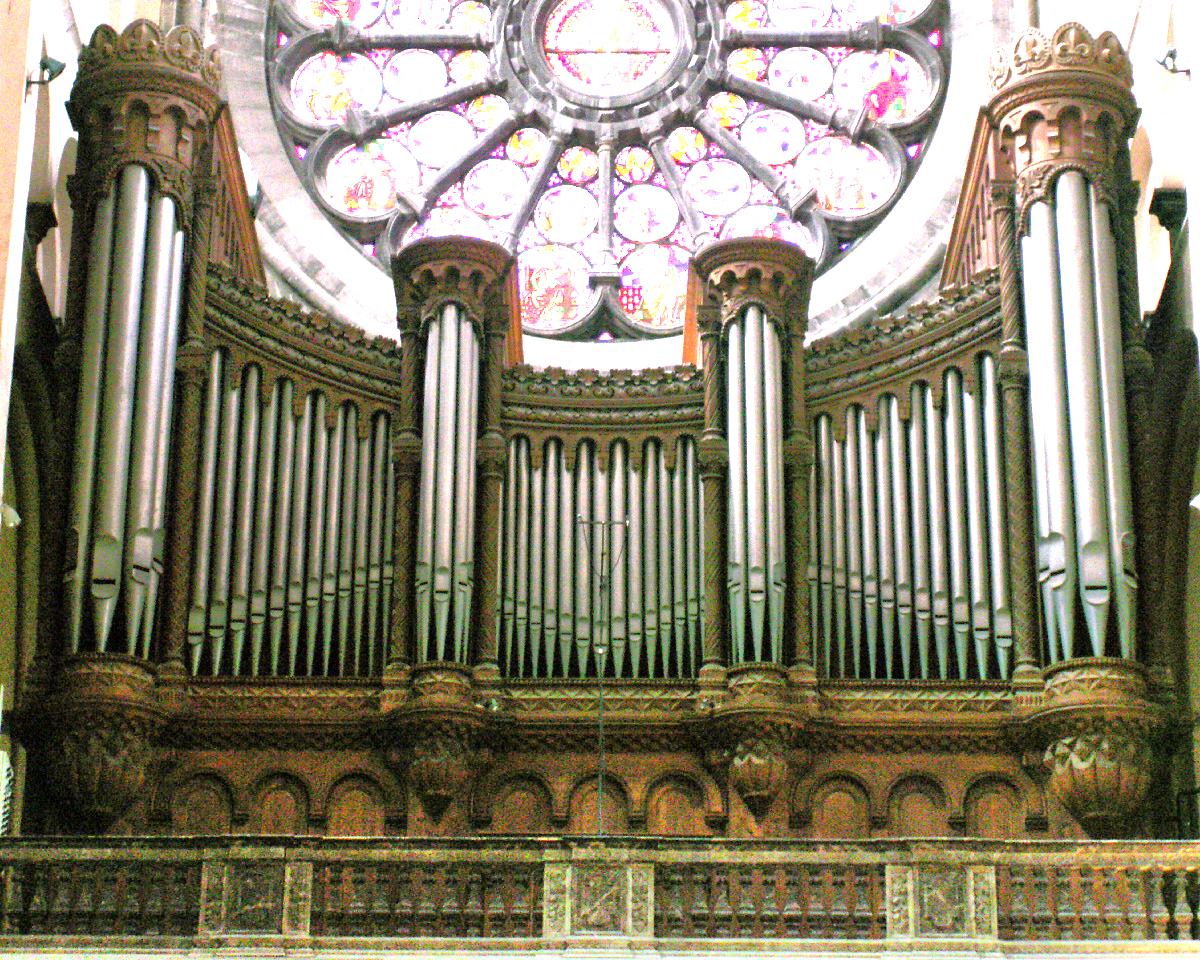
On August 24, 1999, a powerful tornado struck the cathedral, causing significant damage. Damage assessment indicated underlying structural issues and the cathedral has now undergone major restorations and archaeological inquiry.
Significance of Notre Dame Cathedral in Tournoi
The Notre-Dame Cathedral gives evidence to a significant exchange of influence between the architectures of the Ile-de-France, the Rhineland and Normandy. The architectural expression as well as the religious and cultural purposes of Tournai’s Notre-Dame Cathedral have been preserved over the centuries. It has been a symbol of episcopal power since its inception. The building’s architectural excellence and location in the heart of the cityscape attract many. As well as its visual and symbolic relationship to the adjoining belfry, all contribute to its significance.
The Cathedral has undergone a nearly 20-year repair programme since its placement on the World Heritage List, with the goal of not only restoring the holy edifice but also promoting the property and its protected area.
Also Read: World Heritage Site of Vienna- Palace and Gardens of Schönbrunn

